Spray painting a house exterior can be a time-efficient and cost-effective method to update and protect the surface of your home. While traditional painting techniques, such as rolling and brushing, can be laborious and time-consuming, spray painting offers a more efficient approach that covers large areas quickly and produces a smooth, even finish. However, before you decide to spray paint your house’s exterior, it is essential to understand the fundamentals, select the appropriate type of paint and sprayer, and properly prepare the surfaces to ensure long-lasting results.
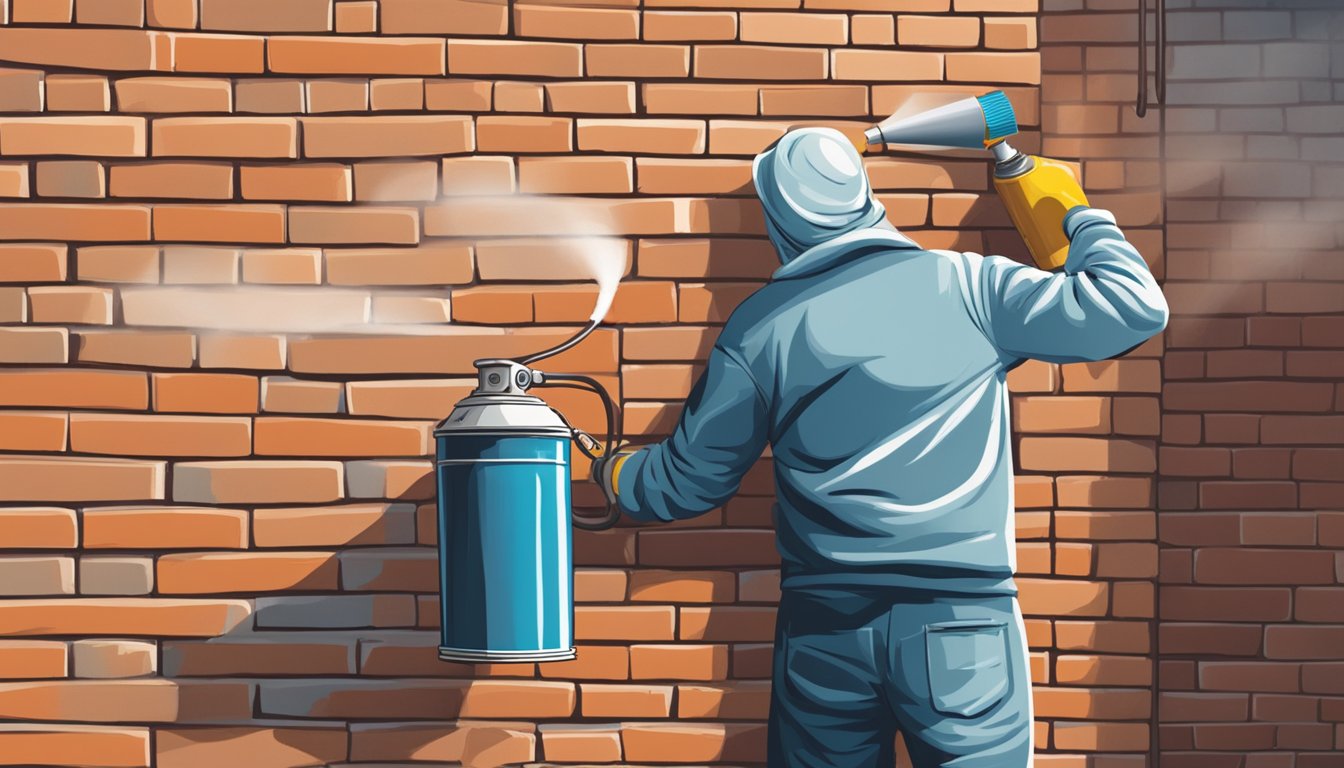
The effectiveness of spray painting relies heavily on the techniques you employ, and it is worth investing time in mastering these skills before commencing your project. Whether your house exterior is made of brick, stucco, or another material, understanding unique methods and considerations of spray painting each type of surface will contribute to the success of your project. Accurate cost estimation, ongoing maintenance, and common pitfalls are other crucial factors to contemplate before embarking on a spray painting journey.
Contents
- 1 Basics of Spray Painting a House Exterior
- 2 Preparation for Spray Painting
- 3 Spray Painting Techniques
- 4 Comparison of Spray Painting vs. Rolling
- 5 Spray Painting Different Exteriors
- 6 Step-by-Step Guide
- 7 Maintenance and Touch-ups
- 8 Cost Considerations
- 9 Frequently Asked Questions
- 9.1 What is the typical cost associated with spray painting a house exterior?
- 9.2 Should I choose a sprayer or a roller for painting the exterior of my house?
- 9.3 What are the advantages of using a paint sprayer over a roller for exterior surfaces?
- 9.4 Can exterior brickwork be effectively painted with a spray painter, and if so, how?
- 9.5 How does spray painting a stucco exterior differ from other surfaces?
- 9.6 Where can I find an exterior house paint sprayer for rental?
Key Takeaways
- Spray painting a house exterior is faster and provides a smoother finish compared to traditional painting techniques.
- Proper preparation and mastering spray painting techniques are crucial for successful and long-lasting results.
- Considering factors such as surface material, cost, and maintenance will help achieve a successful outcome in spray painting a house exterior.
Basics of Spray Painting a House Exterior
https://www.youtube.com/watch?v=r02Yixq_4PQ&embed=true
Equipment Overview
When spray painting the exterior of a house, it is essential to have the proper equipment. The main items include:
- Paint Sprayer: Choose an airless paint sprayer that has a suitable pressure and tip size for your project. It will ensure even coverage and efficiency.
- Paint: Select high-quality exterior paint that is suitable for the surface being painted, such as brick, stucco, or wood.
- Masking Tape & Materials: Use masking tape and plastic sheets to protect windows, doors, and other non-painted areas from paint overspray.
- Extension Ladders: These are necessary for reaching higher areas of the house.
Before starting the project, familiarize yourself with the equipment and practice your spraying technique on a spare piece of material.
Safety Measures
To ensure a safe and successful spray painting project, follow these safety precautions:
- Wear Protective Gear: Don a mask, safety goggles, and gloves to protect yourself from paint fumes, particles, and potential injuries.
- Proper Ventilation: Make sure the area has sufficient airflow during the painting process.
- Avoid Electrical Hazards: Keep the sprayer cord out of wet areas and inspect it for damage before each use.
- Ladder Safety: Place extension ladders on stable, even ground before using them. Use a ladder stabilizer for further safety measures.
By following the above guidelines and ensuring the proper equipment and safety precautions, you can confidently spray paint your house exterior with a professional finish.
Preparation for Spray Painting
https://www.youtube.com/watch?v=OgXkXm4DuvA&embed=true
Surface Cleaning
Before starting the spray painting process, it is essential to thoroughly clean the house exterior. Remove dirt, dust, and mildew using a pressure washer or a mixture of water and household detergent. Scrub the surface with a brush, paying special attention to areas with excessive dirt and grime. Rinse the surface thoroughly and allow it to dry completely before proceeding.
Covering and Masking
Protecting the surrounding areas is crucial to ensure a clean and professional finish. Cover all windows, doors, and trim with plastic sheeting or drop cloths, securing them with painter’s tape. Carefully mask off any adjoining surfaces, such as sidewalks, plants, and outdoor furniture. Remove any fixtures, such as lights and address plates, if possible.
Primer Application
Applying a high-quality primer is essential for an even and lasting finish. Choose a primer designed for the specific type of surface to be painted (e.g., brick, stucco, or wood) and the type of paint that will be used. Apply the primer using a paint sprayer, following the manufacturer’s recommendations for pressure and spray pattern settings. Make sure to wear a respirator and safety goggles to protect against paint fumes and debris. Allow the primer to dry for at least 24 hours, or according to the manufacturer’s instructions, before applying the paint.
Spray Painting Techniques
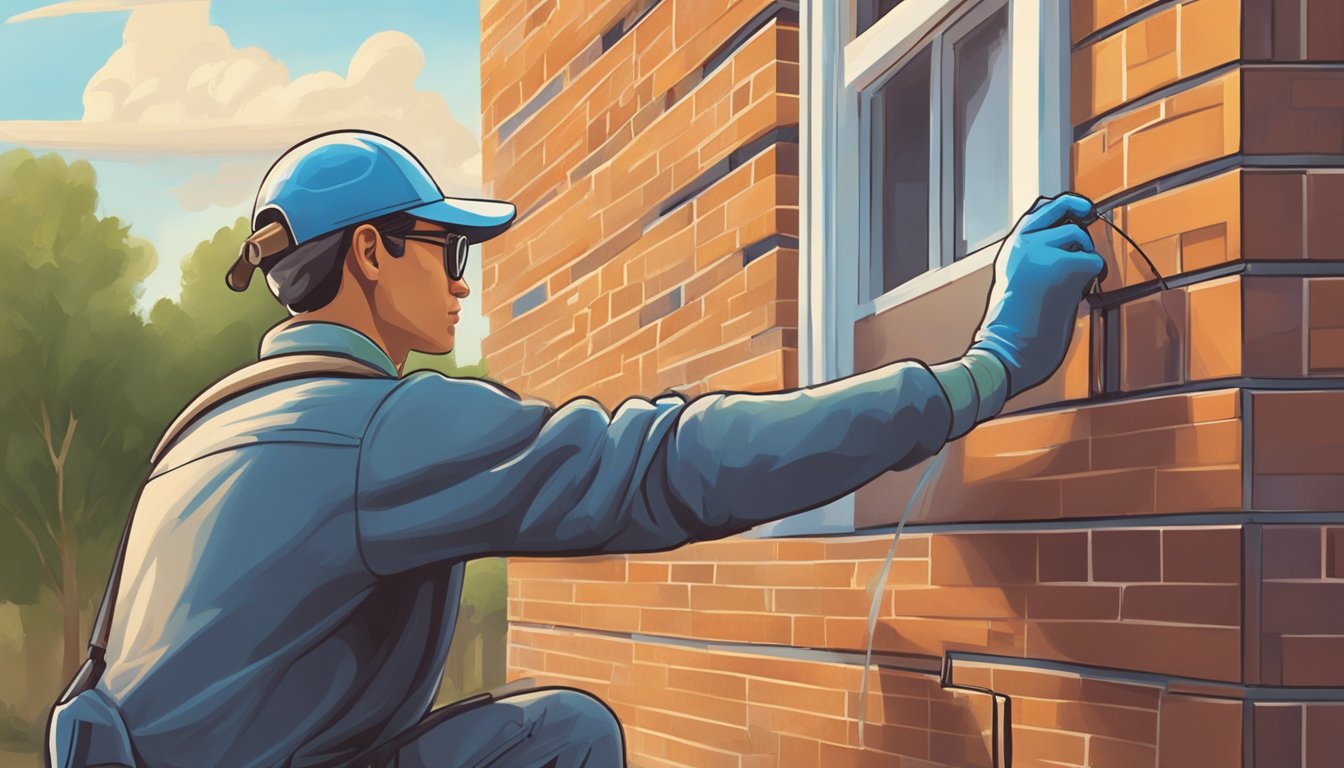
Paint Consistency
Achieving the right paint consistency is crucial for a smooth and even finish. Before using the paint sprayer, mix the paint with the appropriate amount of thinner following the manufacturer’s guidelines. Test the consistency by allowing the paint to flow through a funnel. If it flows smoothly without clumping, it’s ready for use. Inspect that the paint is properly mixed and consistent throughout to avoid any issues during the application process. Remember, well-mixed paint is key for a professional look.
Spraying Technique
Proper spraying technique is vital for a uniform application of paint. Always maintain a consistent distance of about 10-12 inches between the sprayer nozzle and the surface being painted. Move the sprayer in controlled and smooth horizontal or vertical strokes, overlapping each pass by about 50%. Adjust pressure settings as needed to control paint flow and prevent overspray. Practice the motion before painting to ensure an even coat. The technique is simple yet effective: be consistent, controlled, and smooth.
Layering and Coating
To achieve the best results, apply paint in multiple thin layers, allowing each coat to dry fully before applying the next. This approach minimizes drip marks and ensures a more durable, long-lasting finish. Generally, two to three coats are sufficient for proper coverage, though additional layers may be necessary for certain materials like stucco or brick. In all cases, it’s essential to stay patient and allow enough drying time between coats. Remember, the goal is to apply multiple thin layers to achieve an even, professional appearance.
Comparison of Spray Painting vs. Rolling
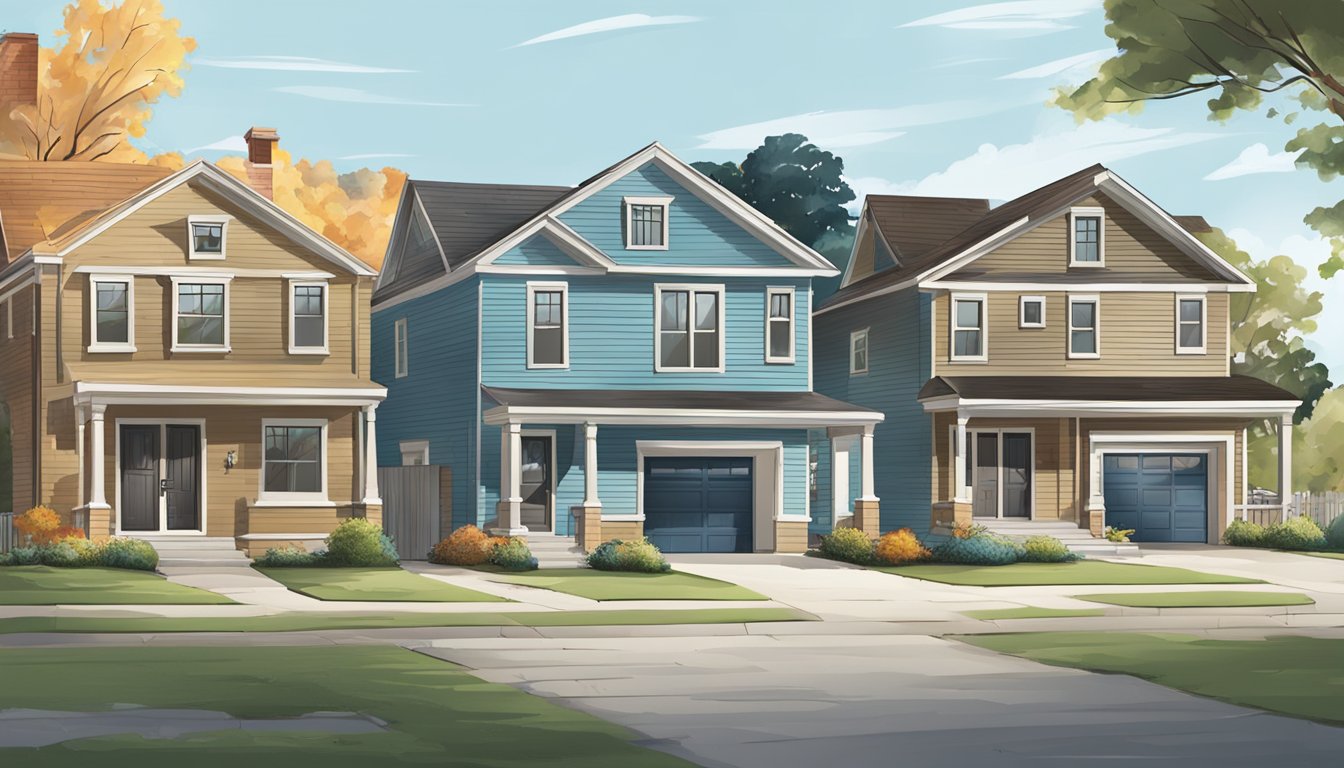
In this section, we will compare the advantages of spray painting and rolling when it comes to painting your house exterior.
Advantages of Spray Painting
- Speed and efficiency: Spray painting allows you to cover large surfaces quickly and evenly. It is especially helpful when painting irregular surfaces or areas with a lot of texture, such as stucco or brick.
- Smooth finish: Spraying provides a smooth, even coat of paint with minimal visible brush or roller marks.
- Accessibility: Spray painting can easily reach tight spaces, corners, and areas with higher elevation without the need for excessive brushwork, ensuring a uniform appearance.
Cost Note: While spray painting can be faster and create a smoother finish, it’s important to note that this method might require more paint than rolling, thus possibly affecting the overall cost.
Advantages of Rolling
- Control: Rolling allows for greater control of the paint application, reducing the chances of drips, runs, or overspray.
- Paint usage: Rollers typically use less paint compared to spray painting and decrease the likelihood of paint wastage; this makes it a more cost-effective option for budget-conscious homeowners.
- Thicker application: Rolling applies a thicker coat of paint, which can lead to better coverage, durability, and protection for your house exterior.
Technique Note: Rolling may require more time and patience to achieve a smooth finish, especially when painting surfaces with intricate details or texture. To obtain the best result, it’s crucial to use the proper roller type and nap size for the surface being painted.
In summary, both spray painting and rolling have their unique advantages when painting a house exterior. Consider the factors such as cost, time, and desired finish to determine which method best suits your needs.
Spray Painting Different Exteriors
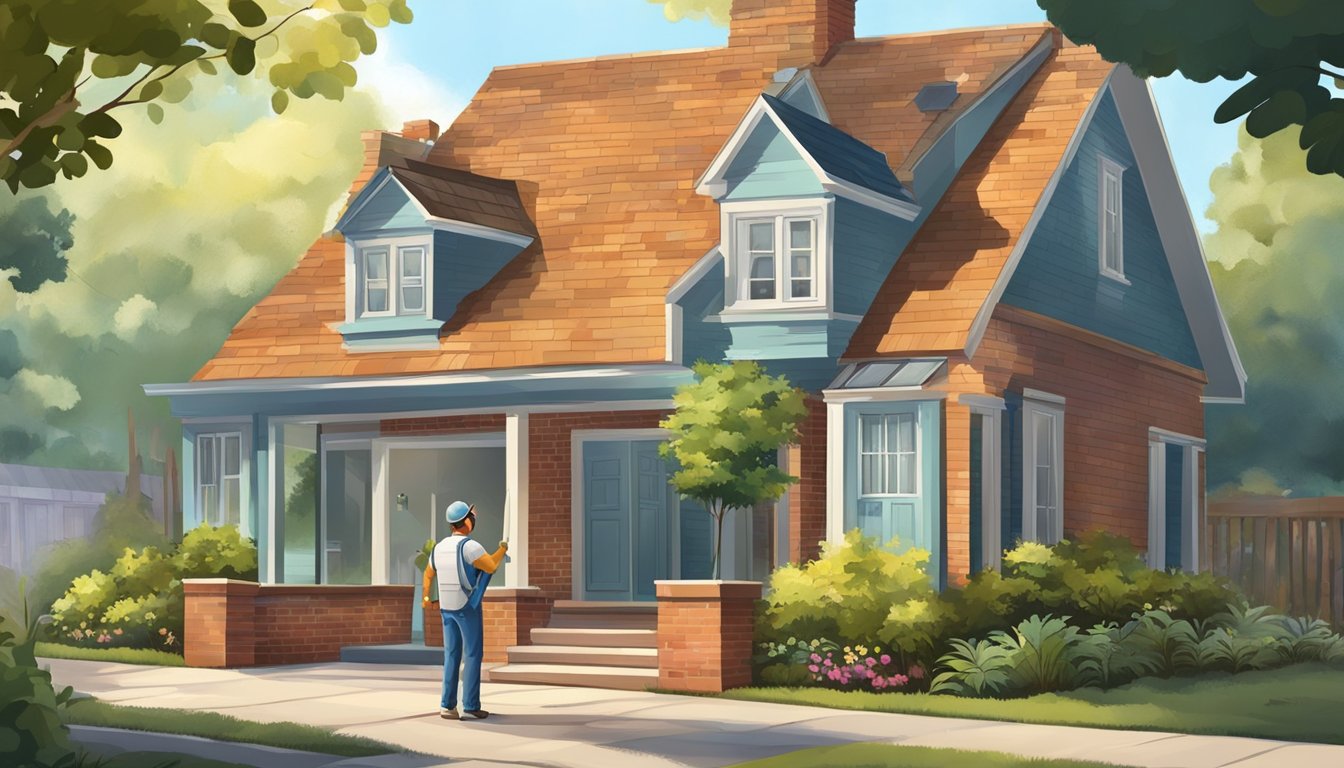
In this section, we will explore the methods for spray painting two types of house exteriors: brick and stucco.
Spray Paint Exterior Brick House
Spray painting a brick exterior requires proper preparation to ensure a long-lasting finish. Here are the essentials steps to follow:
- Cleaning: Use a power washer to clean the brick surface, removing dirt, and mildew.
- Repairing: Fill any cracks and holes in the bricks and mortar with the appropriate filler, and allow it to dry.
- Primer: Apply a high-quality primer specifically designed for masonry surfaces. Let the primer dry completely.
- Painting: Select an acrylic latex paint or masonry paint compatible with your sprayer. Apply several thin coats of paint, allowing each layer to dry before applying the next.
Keep in mind that the weather conditions should be neither too hot nor too cold for optimal paint adherence.
Spray Paint a Stucco House Exterior
Stucco exteriors can also be spray painted effectively, but it is essential to pay attention to the following steps:
- Cleaning: Use a power washer to efficiently remove dirt, debris, and mildew from the stucco surface.
- Repair: Attend to any cracks and damages in the stucco, using a stucco repair mix. Allow it to dry.
- Primer: Apply a primer that is suited for stucco surfaces, paying special attention to porous areas. Wait for it to dry completely.
- Painting: Use an acrylic latex paint designed for stucco exteriors. Apply multiple thin coats with your paint sprayer, allowing drying time between layers.
Ensure that the weather is ideal for painting a stucco exterior to guarantee a high-quality finish.
Step-by-Step Guide
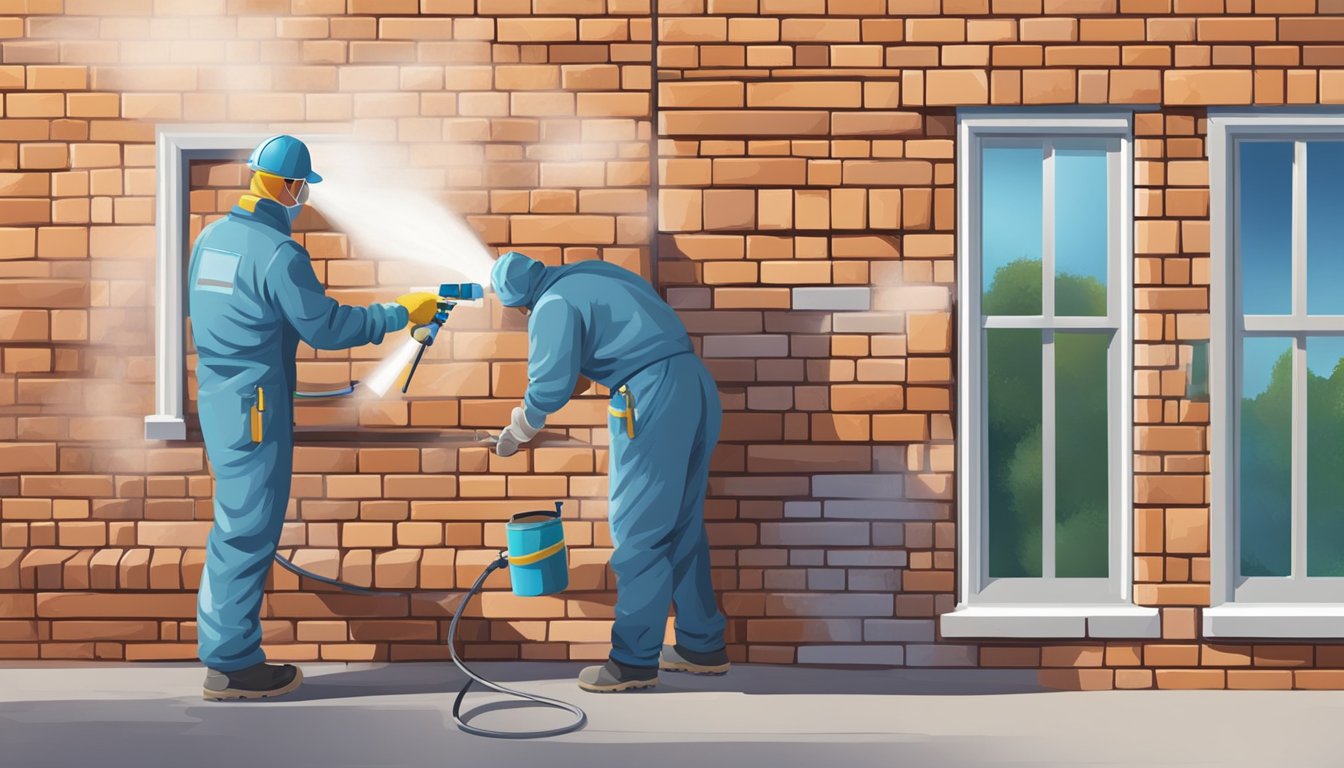
How to Spray Paint a House Exterior
- Choose the right paint and equipment: Opt for high-quality exterior paint that is suitable for the surface of your house (brick, stucco, siding, etc.). Acquire a reliable paint sprayer, along with appropriate protective gear, such as goggles, masks, and gloves.
- Prepare the surface: Ensure the exterior surface is clean and dry. Remove any dirt, mold, and mildew using a pressure washer or cleaning solution.
- Protect surrounding areas: Cover windows, doors, and landscaping with plastic sheeting or painter’s tape to prevent paint from getting where it shouldn’t.
- Prime the surface (if necessary): For surfaces that require priming, like bare wood or peeling paint, apply a high-quality primer with your paint sprayer. Allow the primer to dry according to the manufacturer’s instructions.
- Spray paint the exterior:
- Mix the paint well before loading it into the sprayer.
- Hold the spray gun about 12 inches from the surface, and use smooth, steady strokes.
- Overlap each stroke slightly to ensure full coverage without streaks.
- Apply multiple thin coats, allowing each coat to dry according to the paint manufacturer’s instructions.
- Clean up: Properly dispose of used materials, like plastic sheeting and painter’s tape. Clean the paint sprayer according to its instruction manual.
How to Paint a House Exterior With a Sprayer
- Choose the right paint and equipment: Similar to spray painting, select high-quality exterior paint designed for your house’s surface. Use a trusted airless paint sprayer to ensure smooth and even coverage.
- Prepare the surface: Clean and dry the exterior surface thoroughly, removing dirt, mold, and mildew.
- Protect surrounding areas: Use plastic sheeting or painter’s tape to safeguard windows, doors, and landscaping from paint splatter.
- Prime the surface (if necessary): Apply a suitable primer using your airless paint sprayer if the surface is bare or has peeling paint. Let the primer dry as per the manufacturer’s guidelines.
- Paint the exterior with the sprayer:
- Mix the paint and load it into the sprayer.
- Test your spray pattern on a piece of cardboard or scrap material.
- Adjust the pressure settings on the sprayer if needed to achieve a consistent spray pattern.
- Maintain a 12-inch distance from the surface, using smooth, overlapping strokes.
- Apply multiple thin coats, allowing sufficient drying time between coats as recommended by the paint manufacturer.
- Clean up: Dispose of used materials responsibly, and clean the airless paint sprayer as per its instruction manual.
Maintenance and Touch-ups
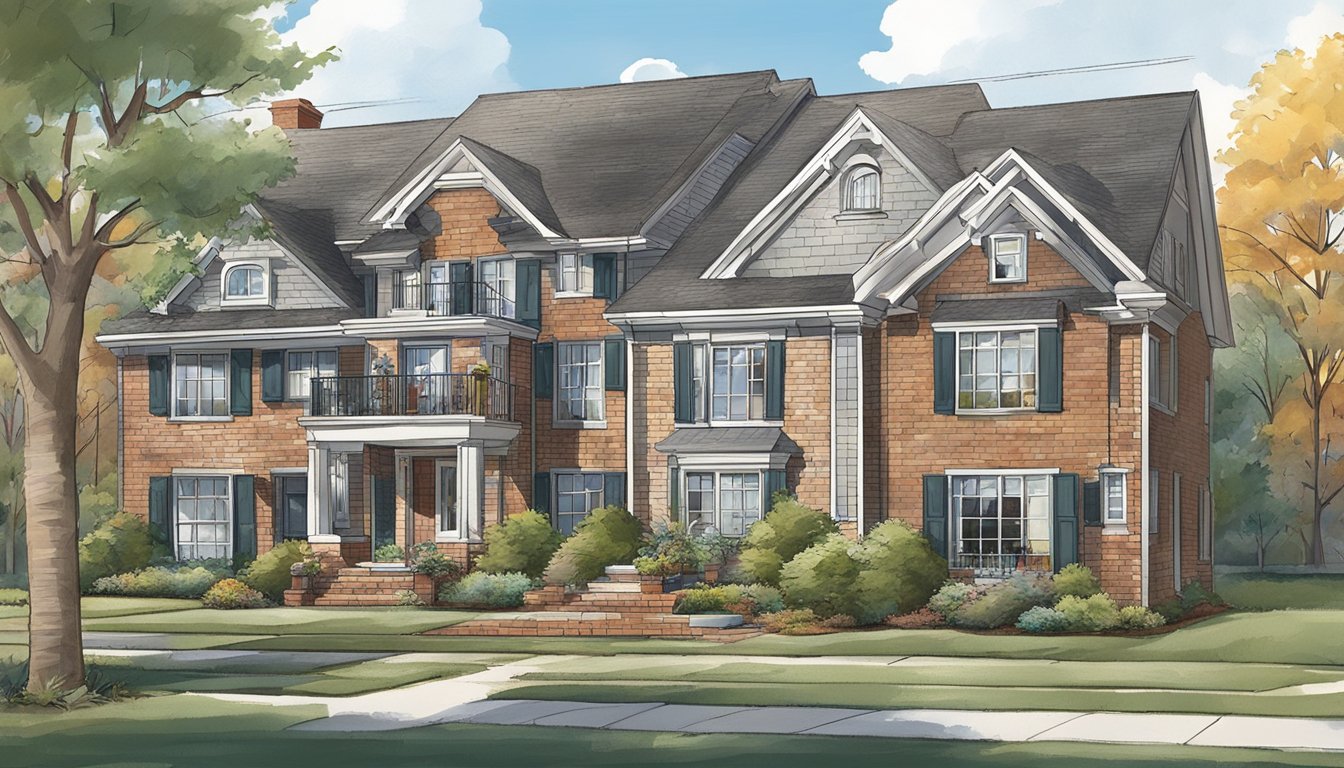
Routine Maintenance
Regular maintenance is crucial for preserving the appearance and longevity of your spray-painted house exterior. Create a schedule for cleaning and inspection of your home’s exterior to prevent paint issues from worsening.
- Cleaning: At least once a year, use a mild soap and water solution to clean the painted surfaces gently. Avoid using high-pressure washers, as they can cause damage to the paint.
- Inspection: Check for signs of wear and tear, such as paint chipping, fading, or peeling. This allows you to identify problem areas and address them promptly.
Addressing Paint Fading and Peelings
Fading and peeling paint are common issues that can affect the aesthetic appeal of your house exterior. Follow these steps to address these problems:
- Identify the cause: Fading and peeling can result from factors such as moisture, sun exposure, or inadequate surface preparation. Determine the cause to ensure that you address the problem effectively.
- Preparation: Before repainting, remove loose or peeling paint using a scraper or wire brush. For fading paint, you may need to sand the surface to create a smooth and even base.
- Select the appropriate paint: Use a high-quality, UV-resistant, and weather-resistant paint to prevent future fading and peeling. Consult your local paint store to choose a suitable product for your specific needs.
- Apply the paint: When spray painting the affected areas, ensure that you follow the manufacturer’s instructions, maintaining proper nozzle distance and application technique. After spraying, allow sufficient drying time before applying the next coat if needed.
In conclusion, consistent maintenance and addressing paint issues promptly are essential for preserving the appearance and longevity of your house exterior. By keeping you house well-maintained, you can enjoy a fresh and attractive exterior for years to come.
Cost Considerations
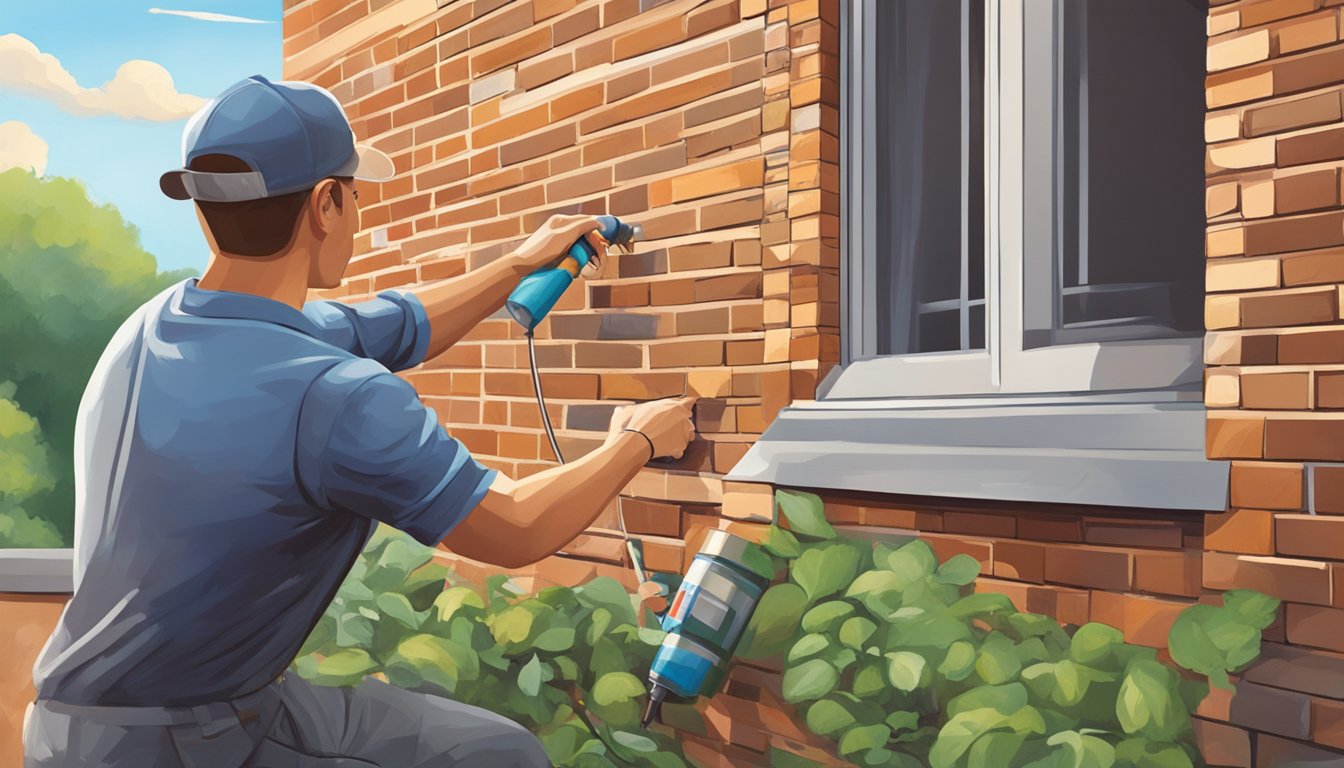
Before deciding to spray paint your house exterior, you should consider the costs involved. In this section, we will discuss the spray paint house exterior cost and the cost-benefit analysis of choosing this method over others.
Spray Paint House Exterior Cost
Costs for spray painting a house exterior can vary depending on several factors, such as the size and surface of the house, the type of paint used, labor costs, and the required equipment. Here is a breakdown of the potential costs:
- Paint: High-quality exterior paint can run anywhere from $25 to $50 per gallon, and the total cost depends on the number of gallons needed. A ballpark estimate is one gallon per 250-350 square feet of surface.
- Equipment: Renting a paint sprayer can cost between $50 and $100 per day, depending on the type and quality. You may also need additional equipment such as ladders, tarps, and masking materials.
- Labor: Hiring a professional painter can cost between $20 and $50 per hour, depending on their experience and the complexity of the job.
Overall, the cost for spray painting a house exterior can range from $2,000 to $5,000 or more, depending on the factors mentioned above.
Cost-Benefit Analysis
When comparing the costs of spray painting to other methods, such as rolling or brushing, there are some factors to consider:
Time: Spray painting a house exterior is often much faster than using a roller or brush, which can save both time and labor costs.
Coverage: Spray painting can cover surfaces more uniformly than rolling or brushing, reducing the need for multiple coats and ensuring a more even finish. This may result in lower paint costs overall.
Surface Compatibility: Spray painting can work well on various surfaces, including stucco, brick, and siding. However, rollers and brushes may be better suited for specific surfaces, such as textured stucco, where a more controlled application is needed.
Skill Level: While spray painting requires a certain level of expertise, it can be more user-friendly than other methods, particularly on larger surfaces. This may reduce the need for professional assistance and lower overall labor costs.
In summary, considering the potential costs and benefits of spray painting a house exterior will help you make an informed decision on the best painting method for your specific needs and budget. Keep in mind that factors such as surface type, size, and desired finish will impact the overall cost and effectiveness of the chosen method.
Frequently Asked Questions

What is the typical cost associated with spray painting a house exterior?
The cost of spray painting a house exterior can vary depending on multiple factors, such as the size of the house, paint quality, and labor charges. On average, this could range from $1,500 to $4,000. For a more accurate estimate, it is recommended to consult with professional painters or get multiple quotes based on your specific house and preferences.
Should I choose a sprayer or a roller for painting the exterior of my house?
Both sprayers and rollers have their own advantages and disadvantages when painting a house exterior. Sprayers tend to be faster and can provide a more even coverage on various surfaces. However, they might require more preparation, masking, and maintenance. Rollers are more affordable and provide better control over paint application but may take longer to complete the project. Ultimately, the choice depends on your specific needs and priorities, as well as your experience and comfort with either method.
What are the advantages of using a paint sprayer over a roller for exterior surfaces?
A paint sprayer offers several advantages when painting exterior surfaces. Firstly, it will cover larger areas with a uniform layer of paint in less time. This can save labor hours and speed up the completion of your project. Additionally, a paint sprayer is able to reach nooks and crannies that may be difficult for a roller to access. Lastly, the even distribution of paint can lead to a smoother, more professional-looking finish.
Can exterior brickwork be effectively painted with a spray painter, and if so, how?
Yes, exterior brickwork can be effectively painted using a spray painter. Prior to painting, ensure the brick surface is clean and free of any dirt, dust, or debris. It might also be necessary to fill any cracks or holes with a suitable filler. Apply a suitable primer to the brickwork to enhance paint adhesion and ensure long-lasting results. When spraying, use a consistent and steady motion, overlapping each pass slightly to achieve an even coverage.
How does spray painting a stucco exterior differ from other surfaces?
Spray painting a stucco exterior is similar to working with other surfaces, with some key differences. As stucco is more porous and textured, it might require a thicker layer of paint and a specialized nozzle that can handle the increased paint volume. Before painting, it is crucial to ensure the stucco is devoid of any dirt, dust, or debris. A high-quality primer specifically designed for stucco should also be applied to enhance paint adhesion and optimize results. As always, use a steady and controlled motion when spraying to ensure even coverage.
Where can I find an exterior house paint sprayer for rental?
Exterior house paint sprayers can be rented from various sources, such as local hardware stores, home improvement centers, or dedicated paint and equipment rental shops. It is advisable to call ahead and confirm the availability and rental rates before visiting the store. Additionally, some professional painters might offer spray painting services, eliminating the need to rent a sprayer and handle the project yourself.

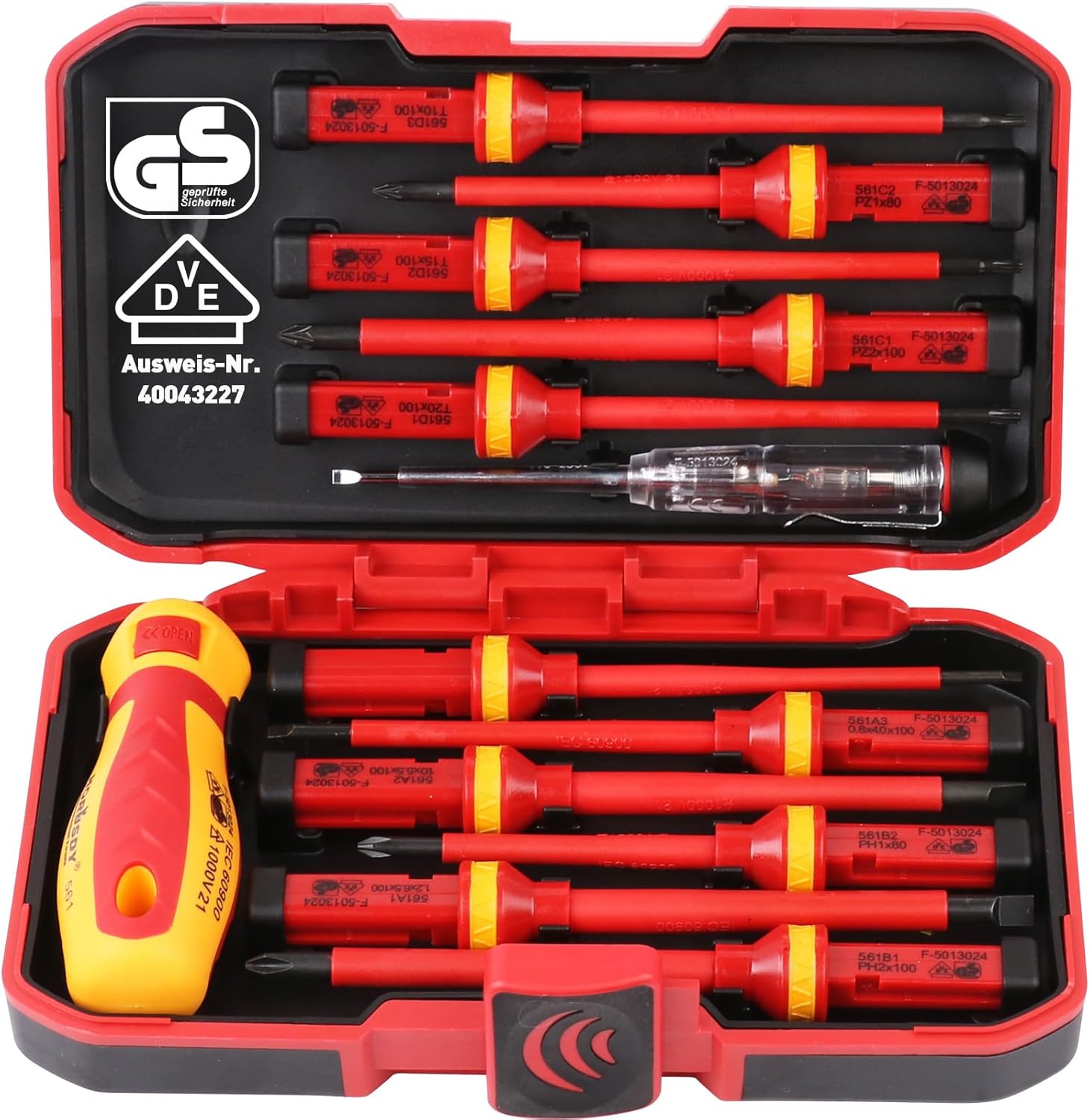


Leave a Reply